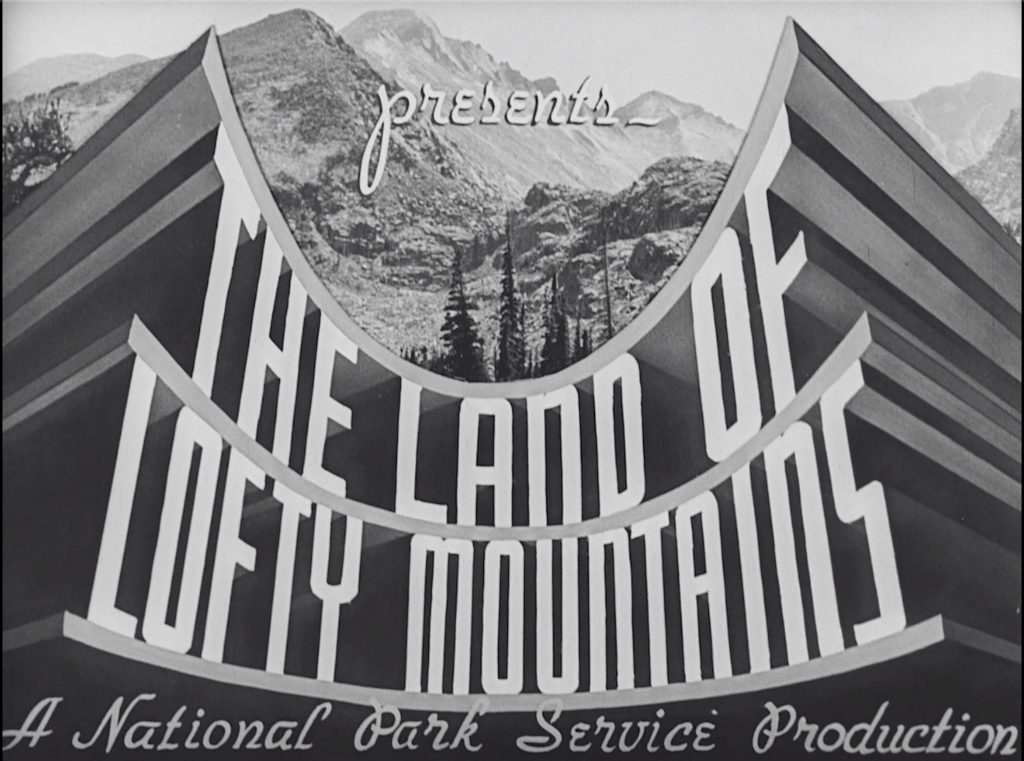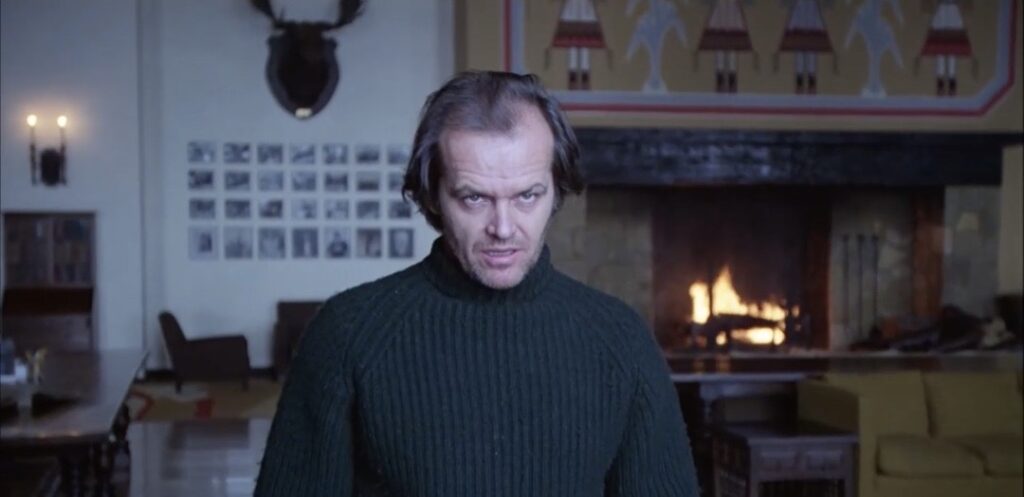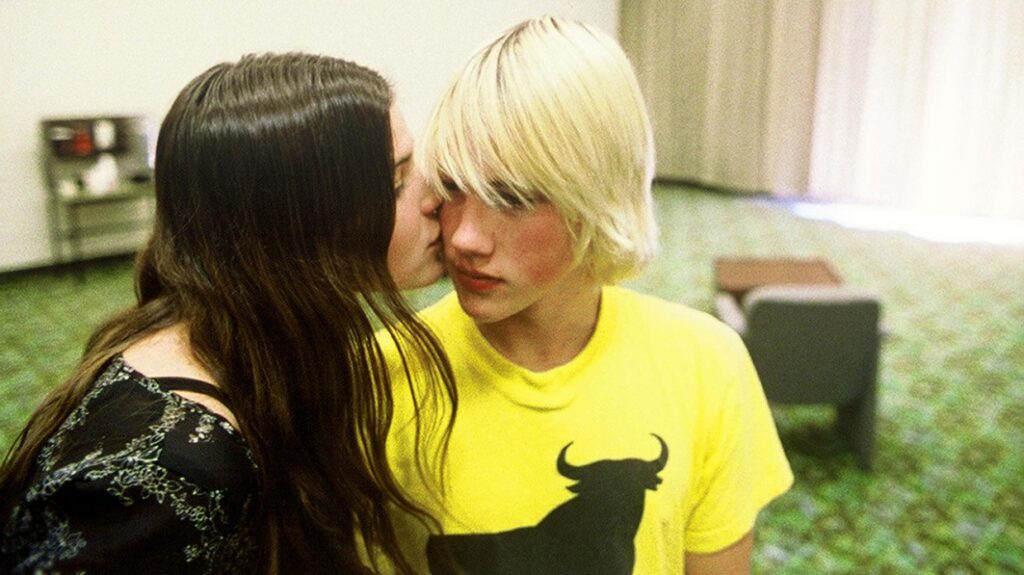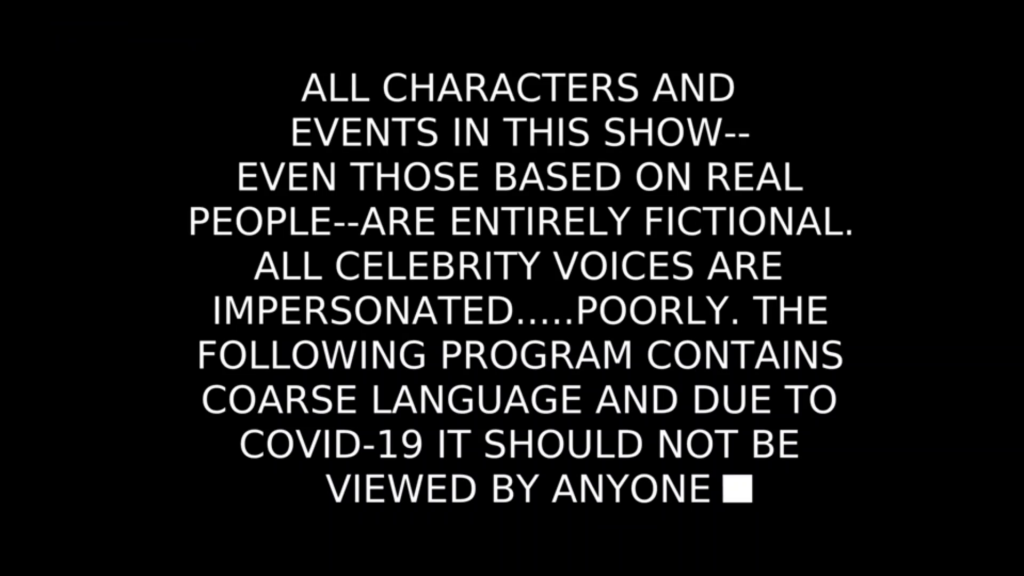In honor of the 2023 SCMS Conference in Denver (April 12-16, 2023), NRFTS is providing free access through May to several Colorado-centric articles. Check them out!
Articles
Skyroads: Mountain Roadbuilding in U.S. Government Films of the 1920s and ’30s
By Jennifer Lynn Peterson

EXCERPT: “While this focus on roads certainly makes sense in the case of government films made by the Bureau of Public Roads, my research shows that roads are a point of focus in films made by all branches of the federal government in this period. This emphasis on infrastructure appears so frequently across different government films that it feels like an obsession: The films work not just to promote federal landholding, but to justify the entire project of the national parks and forests in the name of the public good. Seen from today’s perspective, we can read this as symptomatic of a specific moment in the historical expansion and consolidation of the state’s landholding and land management practices, as well as a specific moment in the history of fossil capitalism.” READ THE FULL ARTICLE HERE
Precious footage of the auteur at work: framing, accessing, using, and cultifying Vivian Kubrick’s Making the Shining
By Kate Egan

EXCERPT: “Through a focus on the history of circulation and changing valuation of this ‘making of’ documentary (which documents the working practices of its director during the production of The Shining), this paper will not only consider the ways in which devoted fans seek access to (and thus cultify) particular texts but also the ways in which this can connect to the need for increased access to, and knowledge about, particular directors: in this case, Stanley Kubrick, a director whose status, reputation, and persona was, and continues to be, characterized by notions of (and the tensions between) accessibility and inaccessibility, absence and presence.” READ THE FULL ARTICLE HERE
Following in the Footsteps: Gus Van Sant’s Gerry and Elephant in the American independent field of cultural production
By Geoff King

EXCERPT: “Formal qualities—particularly the use of temporally extended takes—are examined as features that situate Gerry and Elephant within a broader tradition of an ‘art’ cinema marketable to particular niche audiences, including explicit references to and borrowings from the work of other filmmakers (notable influences including Béla Tarr, Miklos Jancso and the British television filmmaker, Alan Clarke). I also consider a number of other factors that contribute to making such films relatively commercial (including the star presence in Gerry and the currency of the Columbine context in Elephant), arguing that these films are illustrative of a tendency in the American independent sector to combine ‘alternative’ with more conventional and familiar dynamics.” READ THE FULL ARTICLE HERE
No longer “As Crappy as Possible”?: Cult sensibilities and the high-definition revisioning and “Unbleeping” of early seasons of South Park
By David McGowan

EXCERPT: “The primary focus of this article, however, is less on the specifics of the ongoing formal evolution of South Park, but rather on how this evolution has impacted the circulation of the earlier episodes of the series. Around the same time as season thirteen was announced, it was revealed that the pre-2009 seasons of the show would be re-rendered in high-definition and widescreen formats, and that home video and streaming releases of these new versions would similarly remove the original broadcast bleeps where possible (‘Season 13 Premiere‘ 2009). The consumption of these updated works serves to complicate the linear production history of South Park from one season to the next.” READ THE FULL ARTICLE HERE
Blog Features
“The Pandemic Special”: South Park’s Response to Covid
By David McGowan

